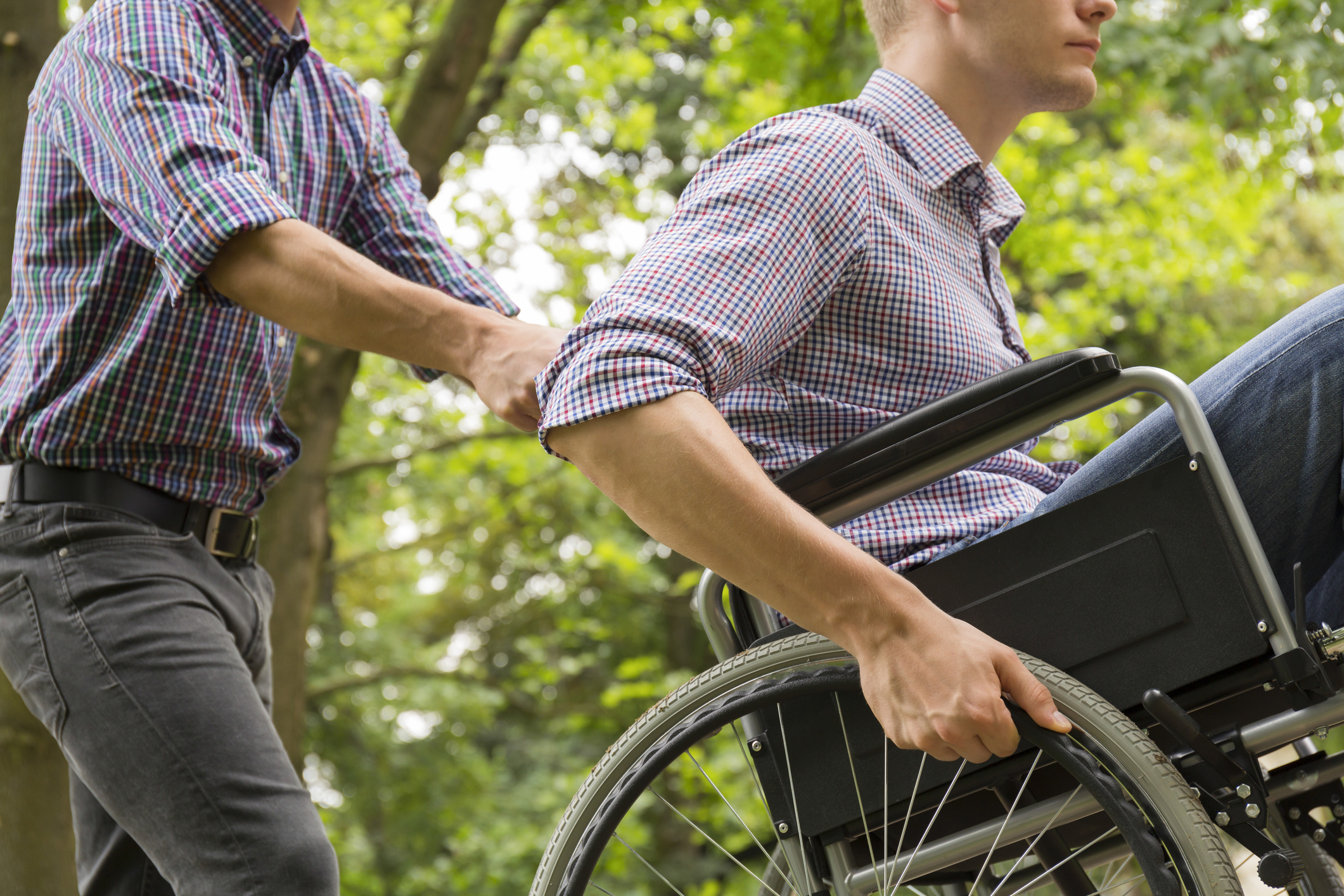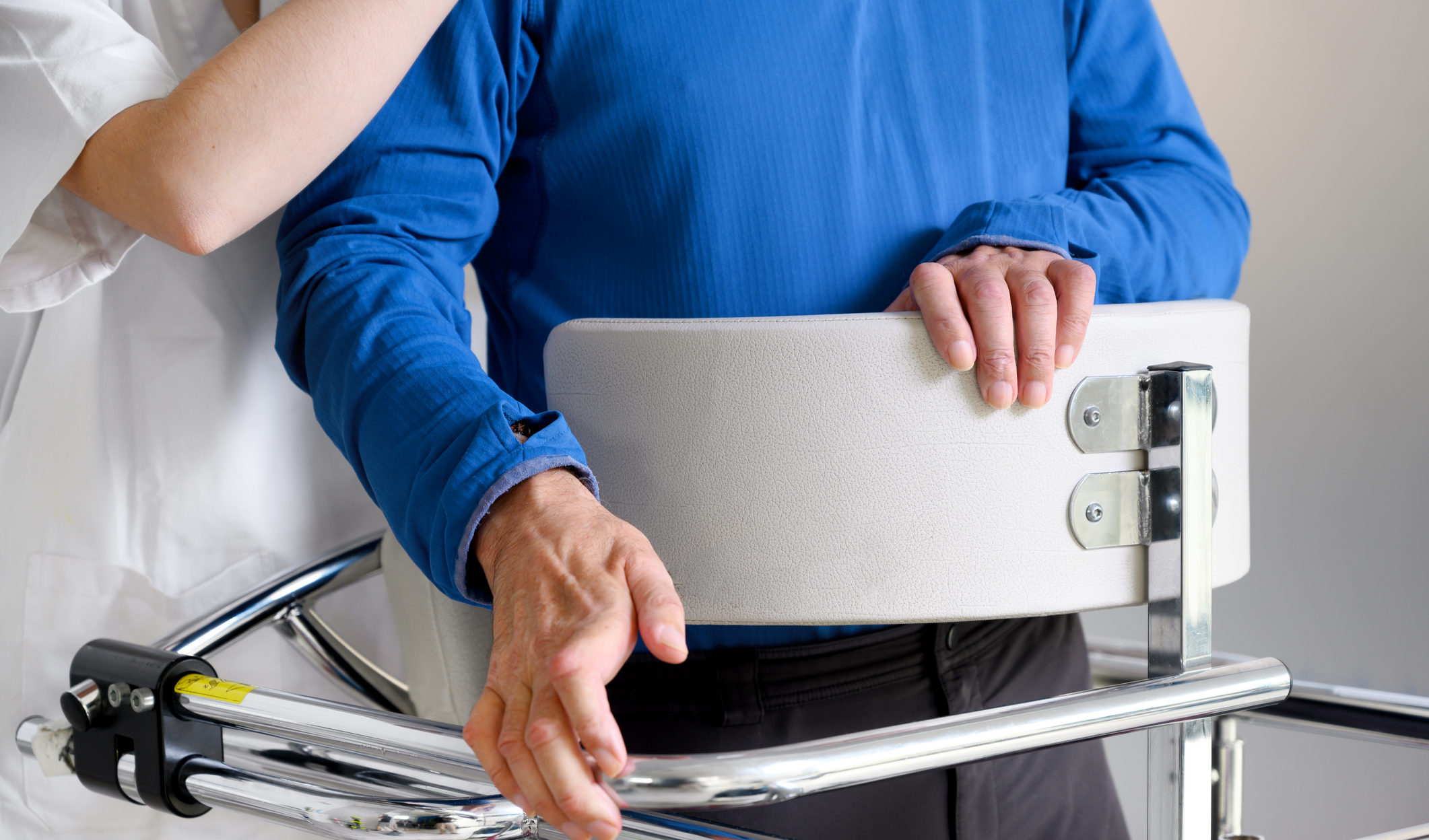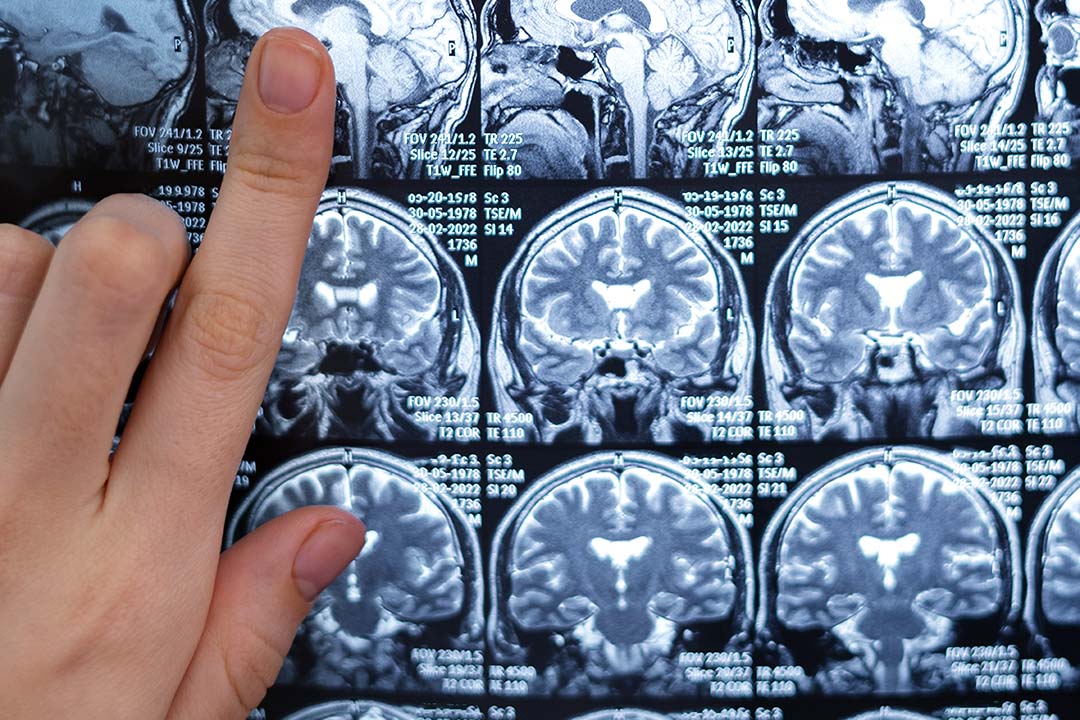What is a spinal cord injury and what are its sequelae?
A car accident, a fall in the swimming pool or a high-impact trauma are usually the main triggers of a spinal cord injury (SCI), which involves damage to any part of the spinal cord or to the nerves at the end of the spinal canal, and often results in severe sequelae in the affected person.
Damage causes permanent permanent changes in strength, sensation and other body functions located below the site of injury.
Spinal cord injury affects the bundle of cells and nerves that carry incoming and outgoing messages between the brain and the rest of the body, and the sequelae include loss of sensation, muscle strength, and intestinal, liver and sexual functions, which may be temporary or permanent.These may be temporary or permanent.
The Ministry of Health adds that spinal cord injury affects the physical, psychological and social well-being and social well-being of the patient, which extends to the family environment that must assume the patient's care.
Types of spinal cord injury
The lowest part of the spinal cord that remains intact after an injury is known as the neurological level, and according to its severity it is classified as follows:
- Complete. If all sensation (sensory function) and all ability to control movement (motor function) are lost below the spinal cord injury.
- Incomplete. If some motor or sensory activity is maintained below the affected area. There are various degrees of incomplete spinal cord injury.
Classification of spinal cord injury according to the affected area
The exact amount of lost function in the arms and legs and its extent depend on the location of the injury. location of the spinal cord of the spinal cord injury, the consequences of which are felt below the affected area.
For example, if the spinal cord is injured at the neck, the person may lose mobility and sensation in both arms and legs, while an injury located lower down may cause dysfunction only in the legs.
The Guttmann Institutea neurorehabilitation hospital located in Barcelona, Spain, adds that spinal cord injury has more or less severe sequelae depending on the level at which it occurs.
Spinal cord injury can produce paralysis in the sufferer, which can be classified as follows:
- Tetraplegia: is the loss or decrease of sensation and/or voluntary mobility of the upper and lower extremities and the entire trunk. upper and lower limbs and of the whole trunk, due to a cervical LM.due to a LM at the cervical level. This means that the arms, hands, trunk, legs and pelvic organs are affected.
- Paraplegia: manifested by a lack of sensation and/or total or partial paralysis of the lower extremities and the sublesional part of the trunk. of the lower extremities and of the sublesional part of the trunkgenerated by damage at the thoracic and lumbar level. It affects all or part of the trunk, legs and pelvic organs.
Treatment of spinal cord injury in TrainFES
Like its effects on the body, the prognosis for recovery from spinal cord injury varies according to the site of injury.
There is a greater probability of recovery when the paralysis is partial, and in cases where movement and sensibility begin to recover the first week after the injury. However, as we will see below, TrainFES has had successful treatments with many patients more than a year after the spinal cord injury.
A global rehabilitation optimizes and evaluates the treatment indicated for each person according to the spinal cord injury he/she presents. In the case of TrainFESthe multidisciplinary multidisciplinary team team, made up of physiatrists, kinesiologists and occupational therapists, among others, determines a rehabilitation program for each patient and accompanies him/her during the process.
The process consists of:
- Evaluation with a physiatrist.
- Evaluation with neurorehabilitation kinesiologist.
- Pelvic floor kinesiology evaluation.
- Follow-up sessions of neurological kinesiology, pelvic floor and occupational therapy.
- Rehabilitation counselling with the aim of supporting and optimising the overall rehabilitation process of each user.
- Constant support and assistance on the application and usability of the equipment, as well as training sessions.
Restoring mobility and quality of life
Technologies such as functional electrostimulation (FES), a mobile device for its application and the possibility of being monitored through the smartphone smartphone facilitate the patient to consistently carry out the training, either in person or at home, to achieve the maximum recovery potential. maximum recovery potential.
"I can walk."
In April 2019, while returning home, Alejandra was hit by a bus that did not respect the red light. After an emergency operation saved her life, a spinal cord injury at the L1 level in the lumbar region would prevent her from walking again. her to walk again..
In 2020, at the onset of the pandemic, he remotely began his journey with TrainFESin which he achieved major breakthroughs such as standing up and achieving therapeutic walking with assistance and functional electrostimulation.
After her quarantine, Alejandra started attending TrainFES Center in person and has already managed to take her first steps without support. "At the beginning I was bedridden, but thanks to TrainFES thanks to TrainFES I can now walk on a donkey. on a donkey. I'm happy," she says.
"I'm becoming more and more independent."
Camila Zúñiga had an accident in a swimming pool in 2013, when she was 16 years old. This fall resulted in a spinal cord injury at the cervical level that prevented her from moving arms and legs, with little hope to walk again.
After eight years in rehab, where she was able to regain some functionality, Camila still dreamed of regaining her independence.
With that goal in mind when he came to TrainFESCamila trained rigorously from day one to comply with the kinesiological exercises supported by functional electrostimulation technology.
During the year and a half that TrainFESCamila increased her muscle strength, decreased her spasticity, began to stand up with electrostimulation, and gradually progressed to walking.
"I am becoming more and more independent and making progress in walking," she emphasizes.
With a team of trained professionals in neurorehabilitation TrainFES is the best option for those who have lost mobility due to a spinal cord injury, thanks to technology, medical support and facilities for users to complete their training.
Thus, the therapy is up to 10 times more effective than a traditional model, with the aim of improve the quality of life of those who need it most.
I want more information
Recommended Publications
Treatment options for neurodegenerative diseases
Neurodegenerative diseases can be serious or life-threatening. And while most have no cure, proper treatment can help improve symptoms, relieve pain and increase mobility.
The benefits of TrainFES for the management of multiple sclerosis
Muscle weakness, balance and coordination problems, and difficulty walking are some of the symptoms of multiple sclerosis (MS), a disease of the central nervous system (consisting of the brain and spinal cord) that can lead to disability.
What is multiple sclerosis rehabilitation like at TRAINFES?
Multiple sclerosis is a neurodegenerative disease that affects the central nervous system, causing muscle weakness and difficulty walking. With TRAINFES treatment and functional electrostimulation technology, it is possible to curb these symptoms.





